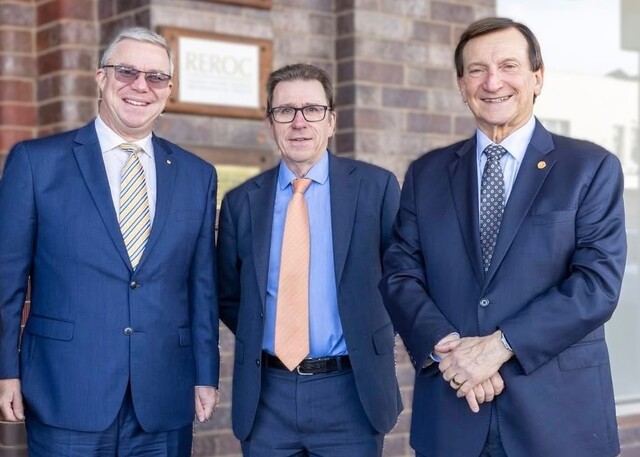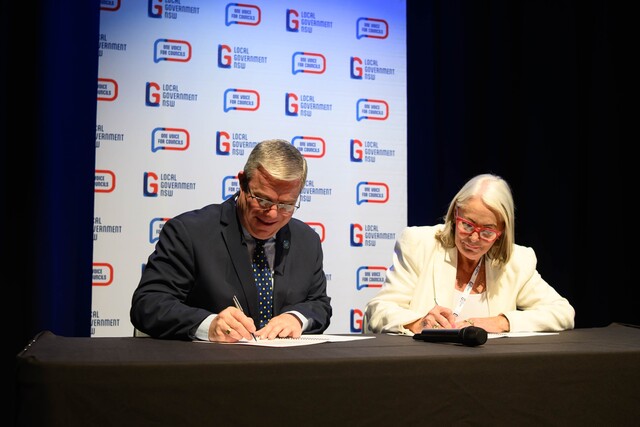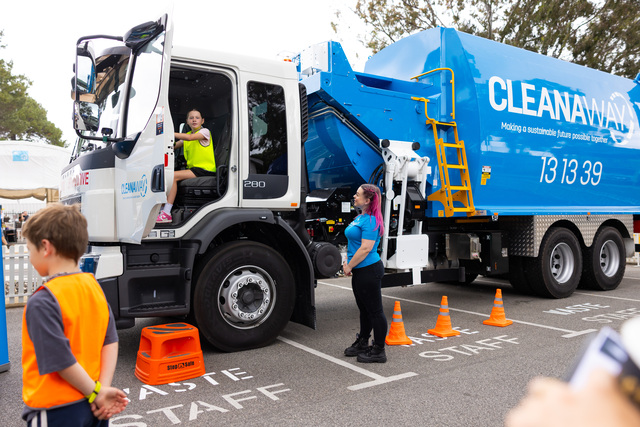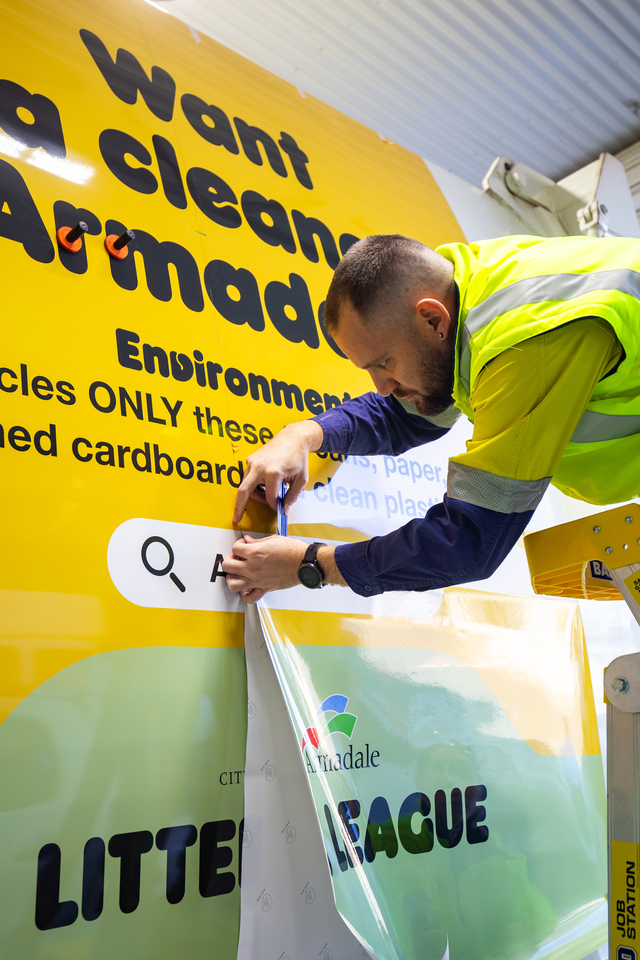Over the years, Greater Lithgow has firmly stamped itself as an industrial leader not only within New South Wales but across Australia. The opening of the rail link to Sydney in the 1860s, with the famous Zig Zag Railway, acknowledged world wide as a major engineering feat, coincided with the area establishing itself as a major coal producer. Lithgow is also famous as the home of Australia’s first steel production as well as developing refrigeration for meat exports.
Hand in hand with its industrial history and the result of less stringent controls in the past, Lithgow unfortunately attained a reputation as a dirty, grimy industrial town.
“In recent years, Council and the community have been working slavishly to change this image,” said the Mayor, Gerard Martin.
“The mines are now out of the City and, with modern technology, much cleaner. Rehabilitation of areas, damaged through past mining activities, is a key priority for Council. Recent works at the State Mine Museum and Heritage Park have replaced an eyesore with an attractive recreation area and popular tourist attraction.”
Fringed by the Blue Mountains, and with almost two thirds of its area National and State Parks, Greater Lithgow boasts an abundance of natural attractions, as well as its very interesting built heritage.
“Hard work by our highly organised Tidy Towns Committee paid off with Lithgow winning the 1995 New South Wales category for towns with over 10,000 residents,” the Mayor continued. “With wide support from community groups, residents, businesses and schools, we are keen to go one better this year and win the 1996 overall Tidy Town award for the State.”
Cr Martin believes that increased environmental awareness across the community, plus Council working in close collaboration with all key groups, is removing, once and for all, the old misconceptions and firmly establishing Greater Lithgow as a very attractive place to live, work in and visit.







